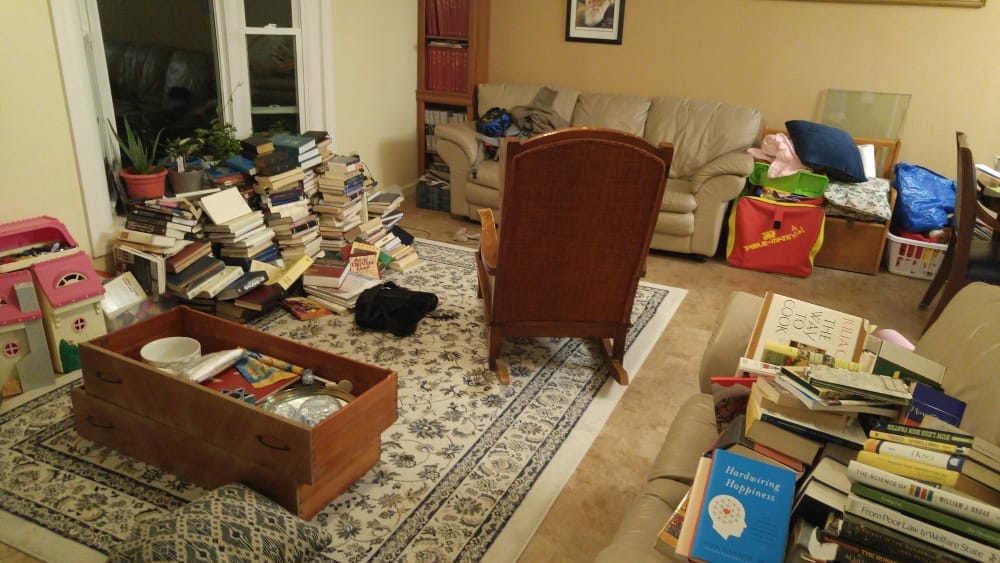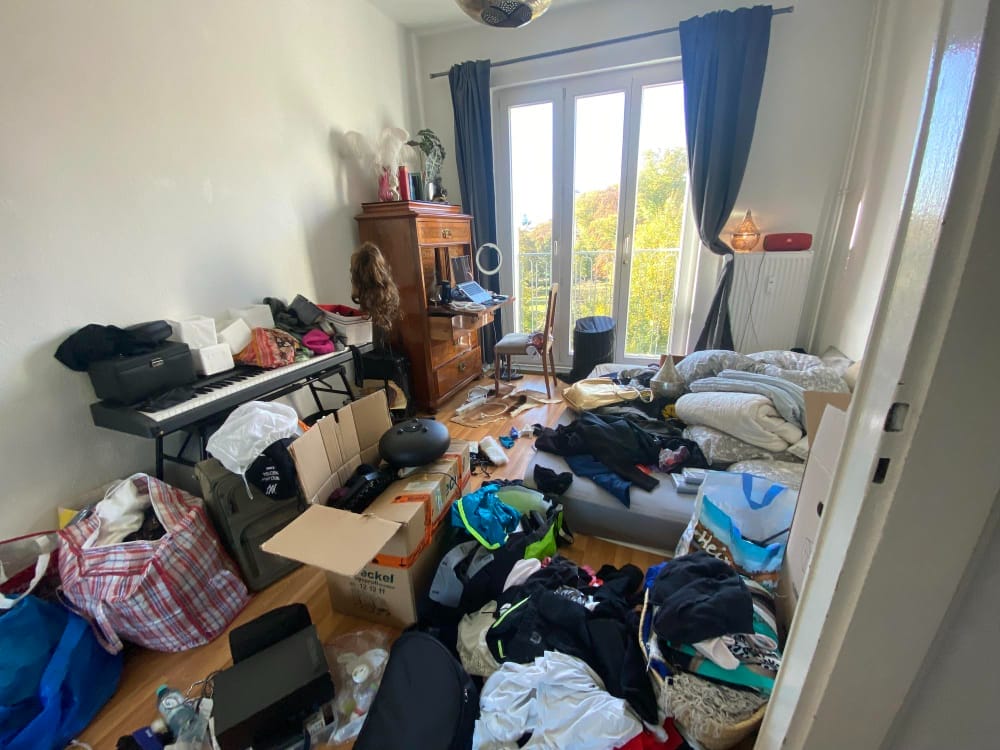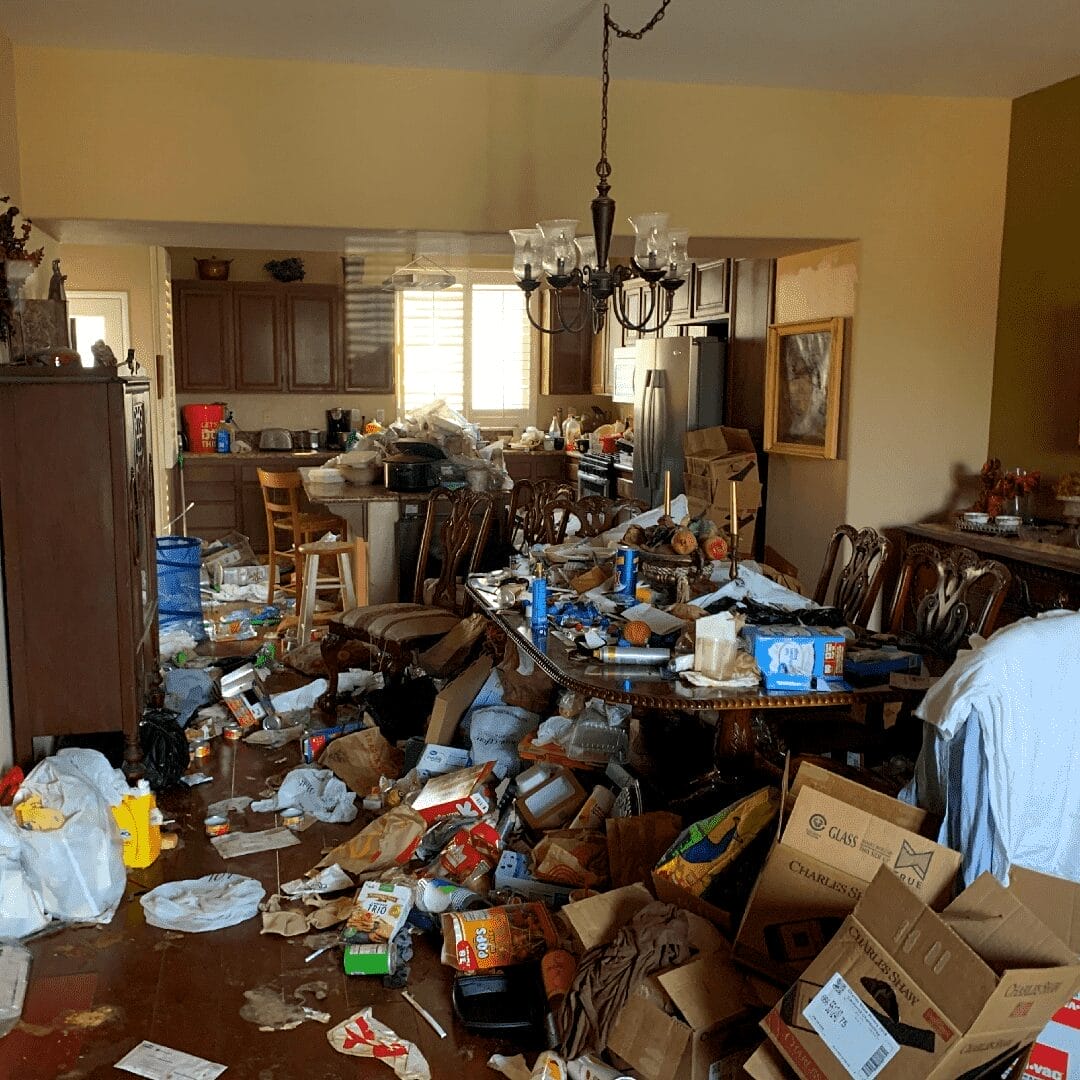
The complex issue of hoarding is a deeply personal battle, as it impacts not only the individual but also those in their immediate circle and environment. Bio-One, with its unique expertise in cleaning up after traumatic incidents, can be a support system for those struggling with hoarding. Let's deep-dive into the levels of hoarding, and how our professional services can manage and alleviate the different stages of this challenging condition.
Hoarding Disorder - An Often Misunderstood Condition
Hoarding is more than just an excessive gathering of items; it is a mental health condition that can severely affect a person's quality of life. What begins as an attachment to certain possessions can escalate over time, transforming living spaces into hazardous environments. Understanding hoarding is the first step towards addressing it.
Understanding the Levels of Hoarding
Hoarding is not a one-size-fits-all condition. The five levels of hoarding help identify how severe the behaviors are, with level 5 being the most critical. Here's how the levels break down:
Level 1 - Limited Clutter
At the initial level, the clutter is minimal and doesn't interfere with daily living or create safety hazards. There may be only one or two rooms affected, and the space can still be used for its intended purpose.

Level 2 - Light Clutter
The next level sees more consistent and slightly more dense clutter. Spaces are still usable but are becoming more restrictive in their intended functionality. The house may become a source of embarrassment or isolation.
Level 3 - Moderate Clutter
At this point, rooms become restricted and can only be used in part due to clutter. Some localized repairs might be required due to intangible distress signs like mold and odors. The individual’s relationships and living standards become more strongly affected.

Level 4 - Severe Clutter
This level indicates that more than half of the living space is impacted by clutter. Basic utilities may be impacted, increasing the risk of fire hazards, falling, and other health hazards. The individual experiences severe effects in daily life and may be at risk for eviction.
Level 5 - Extreme Clutter
The most severe level involves unsanitary conditions that significantly inhibit the use of the space. Infestations, no running water, structural damage, and compromised sanitation are common. At this stage, an individual may be on the brink of losing their home or experiencing homelessness.

Each level requires a nuanced approach to cleanup and management, which is what makes Bio-One's customized solutions so effective in addressing this challenge.
4 Ways We Can Tackle the Levels of Hoarding
1. Professional Assessment
Bio-One's approach starts with a thorough assessment of the situation. This initial step is pivotal in creating a framework for the cleanup operation. A professional assessment involves:
- Identifying biohazards and potential structural issues.
- Assessing the emotional and psychological states of those involved.
- Understanding the specific needs of the client and their support system.
2. Compassionate Cleanup Services
Bio-One's cleanup services are as much about healing as they are about physical cleanup. The specialized team works with:
- Discretion and confidentiality to protect the privacy of the individual.
- Respect and understanding, acknowledging that the process is emotionally taxing for the hoarder.
- Safety as a priority, addressing the biohazards present in the cluttered environment.
The methodical approach to sorting, cleaning, and restoring order in the hoarded spaces ensures a safe and habitable living environment for the individual. We cover the basics of our hoarding cleanup process in our blog post: 4 Tips for Navigating and Safely Restoring a Hoarded Home.

3. Ongoing Support and Counseling
Cleaning up is only part of the solution. Hoarding disorders often require ongoing emotional and psychological support. Ongoing support means:
- Connection to mental health professionals.
- Support for pets affected by the hoarding situation.
- Family counseling to address the broader implications and dynamics of hoarding behavior.
The emphasis on support ensures that the individual is not just abandoned after the cleanup but is continually supported on their path to recovery.
4. Educational Outreach and Aftercare
Bio-One of Oceanside can provide:
- Educational material and resources on understanding hoarding and maintaining a clutter-free environment.
- Encouragement for the individual to join support groups or seek therapy.
Bio-One of Oceanside is Ready to Help!
Seeking help, especially from a professional with the right experience and compassion, can lead to significant improvements for those struggling with hoarding. Remember, Bio-One’s restoration services are not just about cleaning up; we focus on establishing a supportive and structured environment for those facing hoarding challenges to live a healthy, fulfilling life. If you or someone you know needs help, do not hesitate to reach out!



